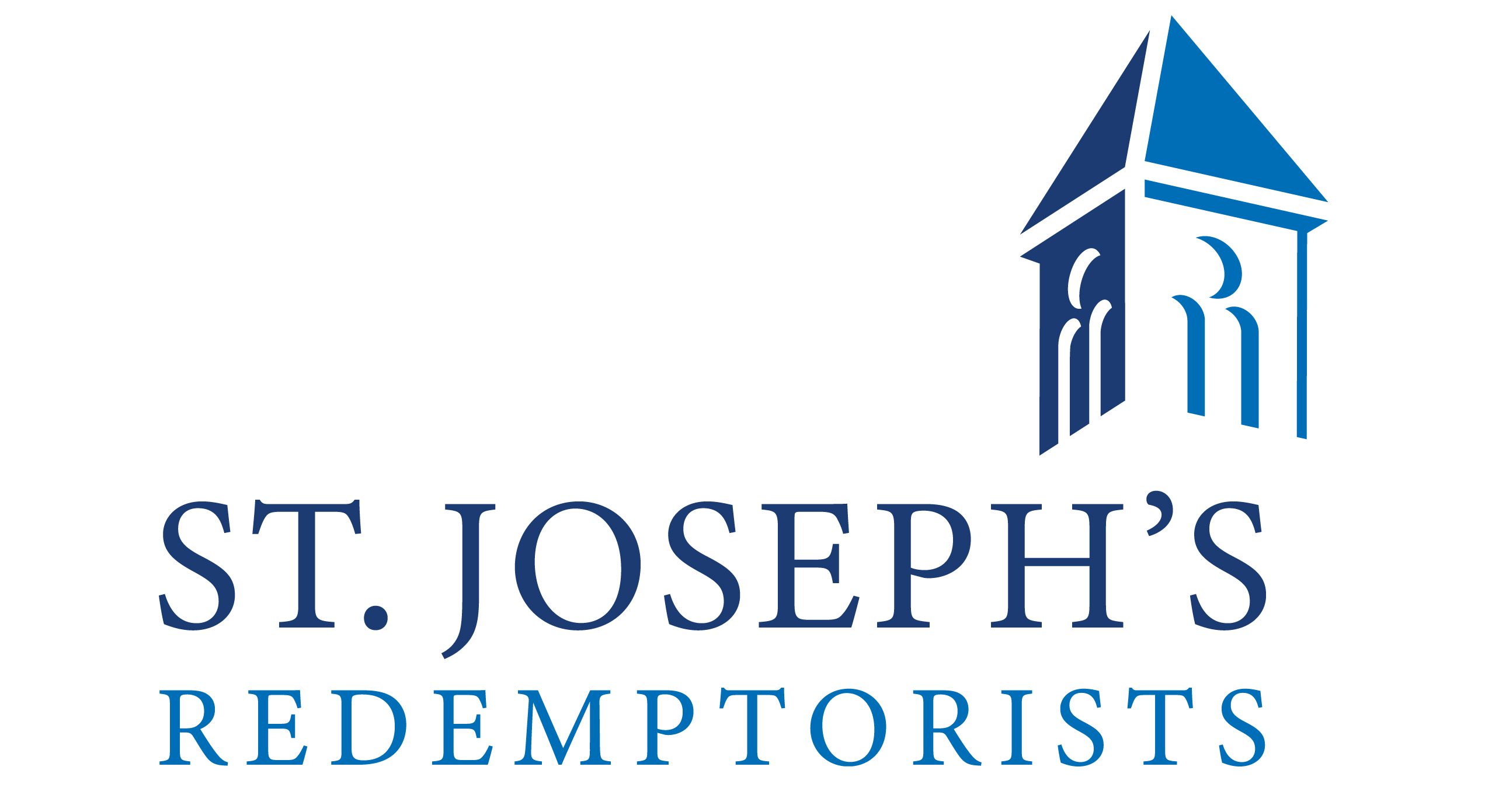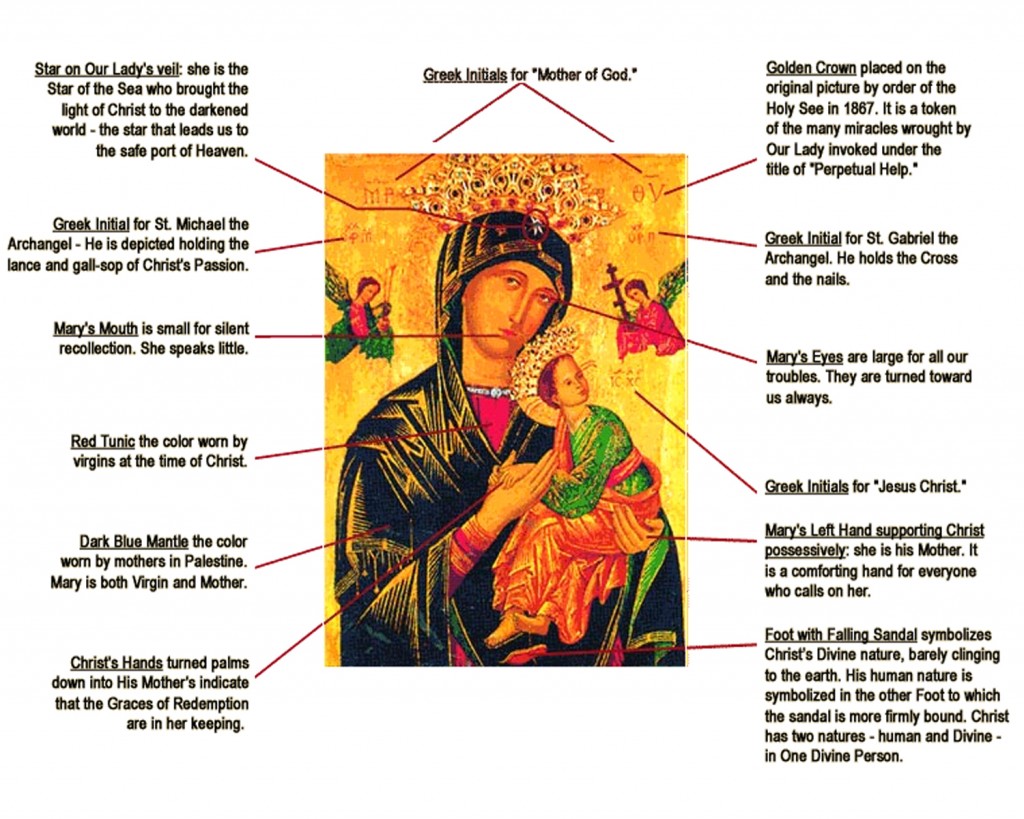Our Mother of Perpetual Help
Catholics can be inclined to put Mary the Mother of Jesus, on a pedestal; seeing her either as highly favoured (set apart from the grit and grime of everyday life) or as simply passive, doing as she was told. Neither could be further from the truth. Read her response in Luke 1:46-55 when, as an expectant mother, she visits her cousin Elizabeth. This is her song of hope. Mary speaks of all that God has done for her and for all people. She speaks of God’s justice; of his care for the lost; how the rich will be scattered, the mighty pulled down, the poor lifted up.
Mary spells out God’s radical vision for the world, a vision all people are called to share. Mary’s title of Our Lady of Perpetual Help has been linked with the well-known 15th century icon of the same name. In 1866 Redemptorists were entrusted with the mission of making Our Lady of Perpetual Help known throughout the world. Subsequent years have shown a growth in the love and understanding that Catholics share in and through Mary. The guidance, inspiration and loving care of Mary, Mother of God, is indeed a fount of perpetual help to all who call upon her. Regular missions and novenas are celebrated by Redemptorists worldwide in honour of Our Lady of Perpetual Help.
At St Joseph’s we celebrate a Perpetual Novena in honour of Our Lady of Perpetual Help every Saturday at 9.30am Mass. Around the time of the Feast of Our Lady of Perpetual Help, 27th June, we usually celebrate a Solemn Triduum (three days).
The Icon
An ‘icon’ is a Christian picture which tells a story or teaches a truth. Traditionally, icons have been associated with the Eastern Church, but have played a part in the Western Church also. The icon of Our Lady of Perpetual Help is an icon which tells of the Passion and death of Jesus Christ and of the suffering of Mary, his mother.
The original picture of Our Lady of Perpetual Help was painted on the island of Crete nearly six hundred years ago. The picture was stolen by a merchant in 1498 and brought by him from Crete to Rome the following year.
It is recorded in the history of the picture that the merchant fell seriously ill and, fearing death, he asked a friend to place the picture in a church where it could be once again seen by the faithful. The merchant died but his friend held on to the picture and it was placed by his wife in their house. After a series of visions of Our Lady, the friend was finally convinced to part with the picture and place it in accordance with Our Lady’s request, in the Church of St Matthew in Rome. This church was destroyed in 1798 but the picture was kept safe by the Augustinian Friars. Eventually a new church was built on the site of the destroyed church.
This new church was the Redemptorist church of St Alphonsus, and the Pope requested that the picture be placed in this church near its former home. On April 26th 1866 the picture of Our Lady of Perpetual Help was solemnly installed in this new church. Our Lady of Perpetual Help has become one of the best known and loved icons of the world and devotion to Our Lady of Perpetual Help has spread throughout the world both through Novenas and private prayer.

 Donate
Donate Webcam
Webcam Facebook
Facebook

